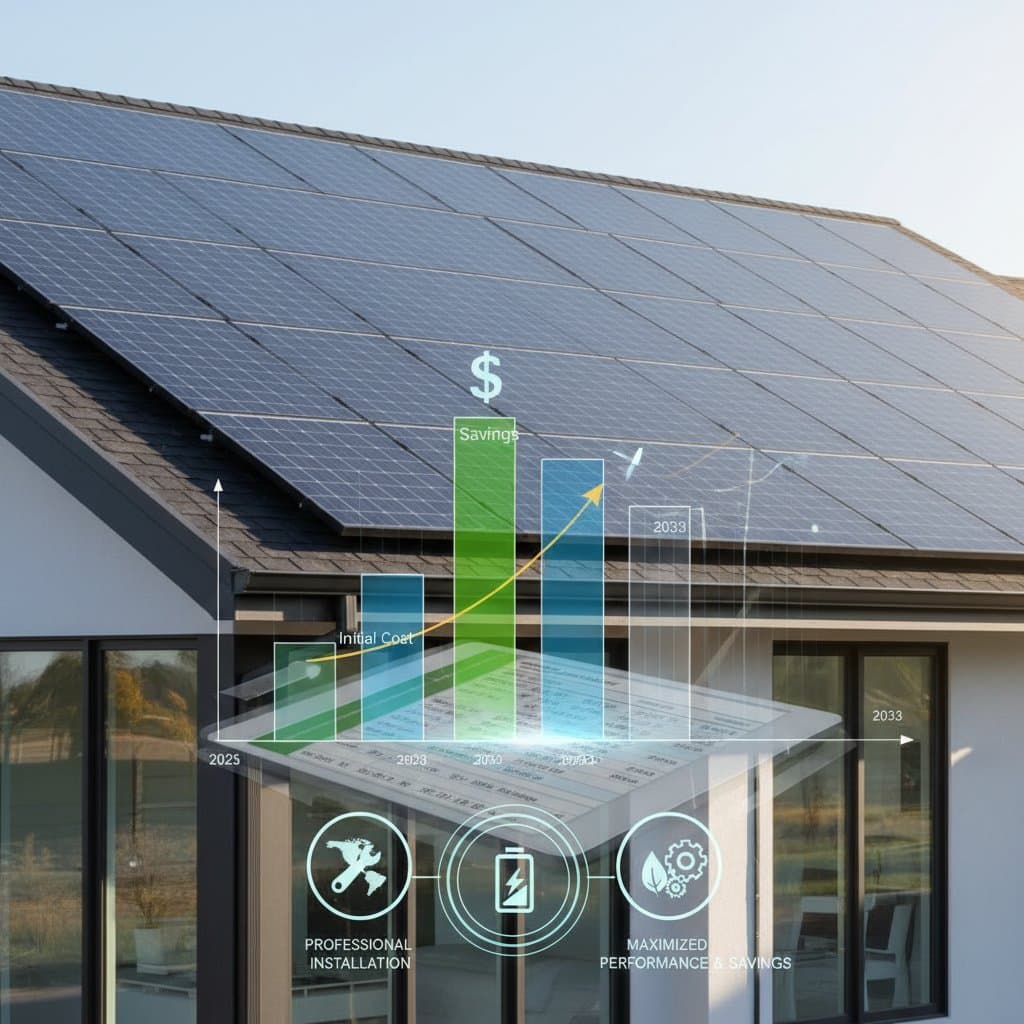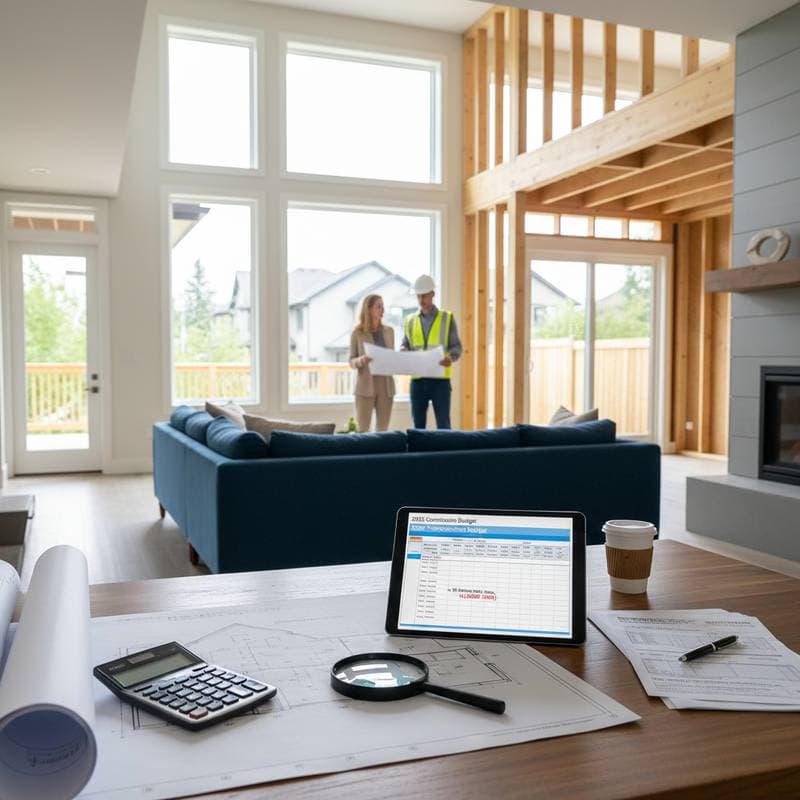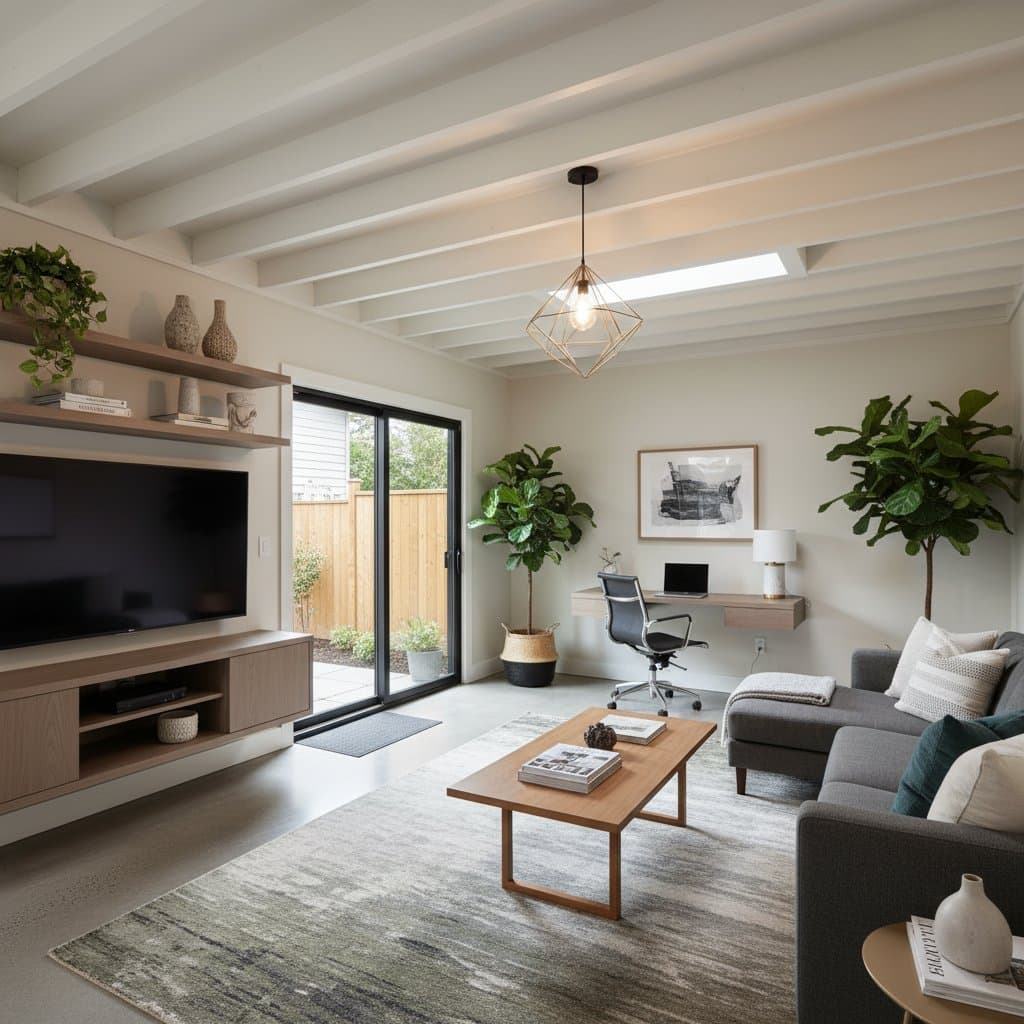Unveiling Hidden Exclusions in Home Warranties: Protecting Your Coverage in 2025
Home warranties appear to provide reliable protection through a simple contract. Homeowners pay an annual fee, and the provider dispatches a technician for repairs when issues arise. However, numerous exclusions in the policy details result in denied claims and unforeseen expenses. A thorough understanding of covered and excluded items enables better evaluation of whether such a warranty aligns with individual needs.
Summary Box
National average cost: $600 per year
Typical range: $400 to $900
Low end and high end: $300 basic plan to $1,200 premium plan
Time to complete claim: 3 to 10 days
DIY or Pro: Pro service only
ROI or resale impact: Low direct ROI, modest resale appeal for new buyers
Updated: April 2025
Cost Breakdown
| Item | Unit cost | Typical quantity | Line total | Notes |
|---|---|---|---|---|
| Annual premium | $400–$900 | 1 plan | $400–$900 | Depends on coverage level |
| Service call fee | $75–$150 | 1 per visit | $75–$150 | Paid each time you file a claim |
| Optional coverage add-ons | $50–$250 | 1–3 items | $50–$750 | For pools, septic, or roof leaks |
| Excluded repairs | Variable | As needed | $200–$3,000+ | Out-of-pocket costs for non-covered items |
Cost Factors
The scope of coverage and type of plan influence expenses significantly. Basic plans address either appliances or systems, whereas combination plans include both yet impose specific limits. The age and condition of home systems play a role, as older components face higher denial risks due to pre-existing defects. Maintenance records prove essential; absence of documentation often leads to claim rejections. Regional variations in labor rates affect service fees and part prices. Provider policies may include annual or per-item payout caps that restrict overall benefits.
Common Hidden Exclusions
- Pre-existing conditions: Providers exclude repairs for issues present before the warranty activates, based on their inspection or assessment.
- Improper installation: Defects arising from faulty setup by prior owners or contractors fall outside coverage, requiring full payment by the homeowner.
- Code upgrades: Expenses to update outdated systems to meet current building standards receive no reimbursement.
- Secondary damage: While primary failures like a malfunctioning water heater qualify for repair, resulting harm to adjacent areas such as flooring demands separate funding.
- Non-standard parts: Costs for unique or manufacturer-specific components frequently surpass coverage thresholds, leaving balances unpaid.
Additional exclusions encompass routine wear on items like filters or seals, as well as damages from neglect or misuse. Cosmetic repairs, such as dents or scratches on appliances, also remain uncovered. Homeowners benefit from reviewing sample denial scenarios provided by insurers to anticipate potential gaps.
DIY vs Pro
Warranty terms prohibit self-repairs for covered items; providers select and dispatch approved contractors exclusively. Attempting fixes without prior authorization risks complete claim denial and potential policy cancellation. Preventive tasks, including filter replacements or basic drain clearing, remain permissible and help maintain eligibility.
For non-warranty repairs involving electrical, plumbing, or HVAC systems, engage licensed professionals to ensure compliance with safety codes. Such practices preserve home integrity and support future warranty validations through documented professional service.
Strategies to Minimize Costs and Avoid Pitfalls
Obtain quotes from at least three providers, requesting detailed contracts that outline payout limits and historical claim success rates. Scrutinize exclusion clauses for ambiguous terms, such as definitions of improper maintenance or pre-existing damage, and seek clarifications in writing. Opt for plans that complement existing manufacturer warranties on appliances by focusing on systems coverage alone.
Consider negotiating service call fees; certain providers reduce these in exchange for elevated premiums. Evaluate add-on options carefully, adding coverage for roofs or septic systems only when those features demonstrate recent maintenance and low risk. Annual reviews of policy terms ensure alignment with changing home conditions.
Regional Considerations
In areas prone to high humidity or coastal exposure, policies frequently exclude rust or corrosion-related failures. Cold climates introduce variability in frozen pipe protections, with some plans imposing strict prevention requirements. Review location-specific addendums that adjust payouts for environmental wear, such as hail damage to roofs or seismic activity impacts.
Steps to Secure Effective Coverage
Prior to commitment, demand the complete policy document rather than abbreviated summaries. Inquire about the process for identifying pre-existing conditions and options for selecting preferred technicians. Maintain comprehensive records of all system maintenance, including dates, services performed, and receipts, to substantiate claims.
Home warranties serve as practical tools for managing repair logistics when limitations receive clear acknowledgment. View them as supplements to diligent upkeep rather than comprehensive safeguards. True benefits emerge through informed selection and proactive documentation, fostering long-term home protection.
Methodology and Sources
This analysis draws from comparisons of national warranty plans, insights from contractor consultations, and summaries of recent consumer experiences. Figures reflect average market conditions, with variations by location and provider.



